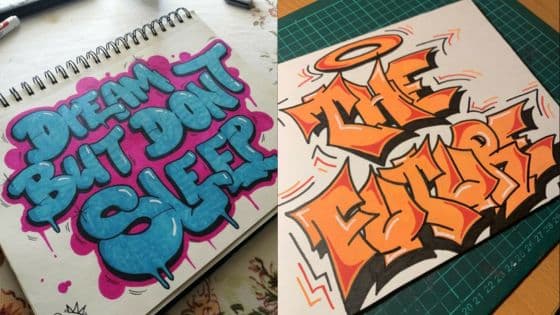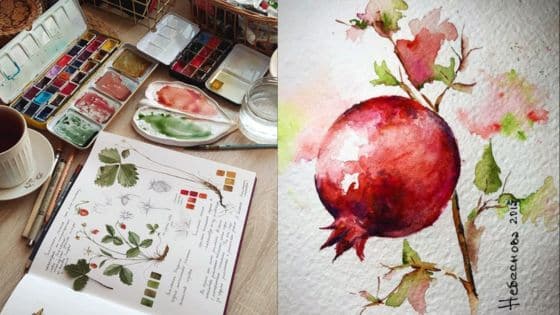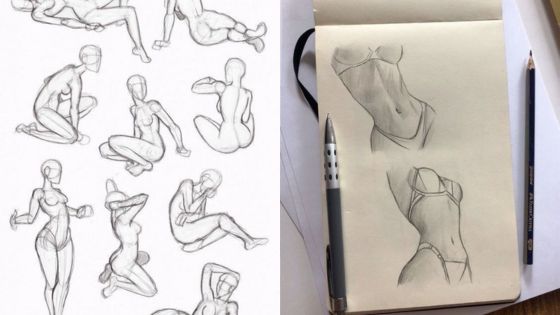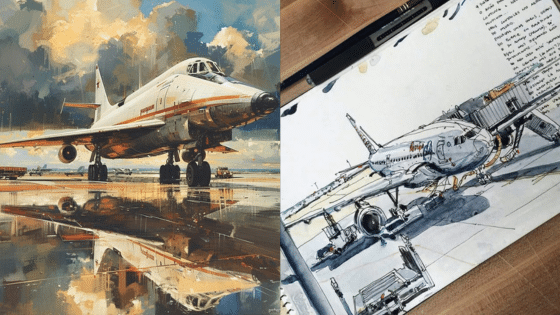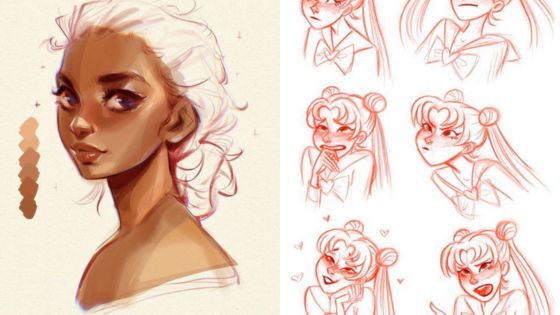From supermarket shelves to glossy magazine covers, you can still see the impact of Andy Warhol everywhere. Warhol transformed pop art into a powerful commercial and cultural movement, linking everyday consumer goods with high art and celebrity in ways that had never been done before. If you’re curious how a can of soup or a celebrity photo became not just art but also big business, Warhol’s story offers plenty to explore.
As you read on, you’ll get a close look at how Warhol blurred the lines between art, commerce, and pop culture. His collaborations at The Factory and ability to turn ordinary subjects into iconic images created an artistic legacy that still sparks debate and inspiration worldwide.
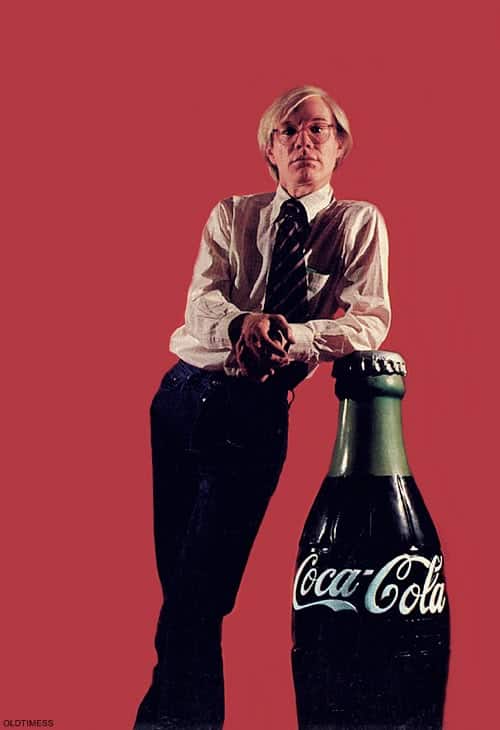
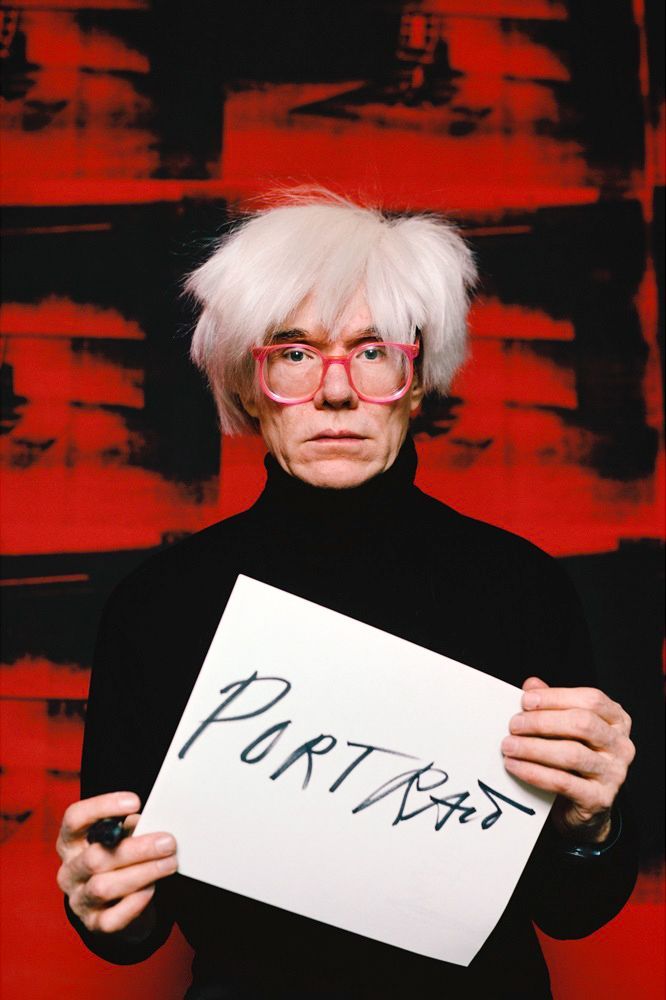
Key Takeaways
- Warhol merged commercialism, art, and celebrity into pop art.
- His studio, The Factory, was a creative center for innovation.
- Warhol’s influence continues in today’s global art and culture.
Andy Warhol and the Emergence of Pop Art
Andy Warhol changed modern art by injecting everyday commercial imagery into his work and bridging the gap between consumerism and artistic expression. You’ll see how his background, early artistic experience, and major influences shaped his distinct style that would become synonymous with Pop Art.
Warhol’s Early Life and Education
Andy Warhol was born Andrew Warhola in 1928 in Pittsburgh, Pennsylvania. Growing up as the son of Eastern European immigrants, he spent much of his childhood indoors because of illness, nurturing his creative skills with drawing and crafts.
You might be interested to know that his interest in art was supported by his mother, Julia, who encouraged his early talents. Warhol attended the Carnegie Institute of Technology, which is now called Carnegie Mellon University. There, he studied pictorial design and developed skills in commercial art, setting the foundations for his later work.
Some key details about his education:
- School Attended: Carnegie Institute of Technology
- Major: Pictorial Design
- Years: Late 1940s
His training provided both technical skill and exposure to the commercial art world, something that became vital in his later transition to Pop Art.
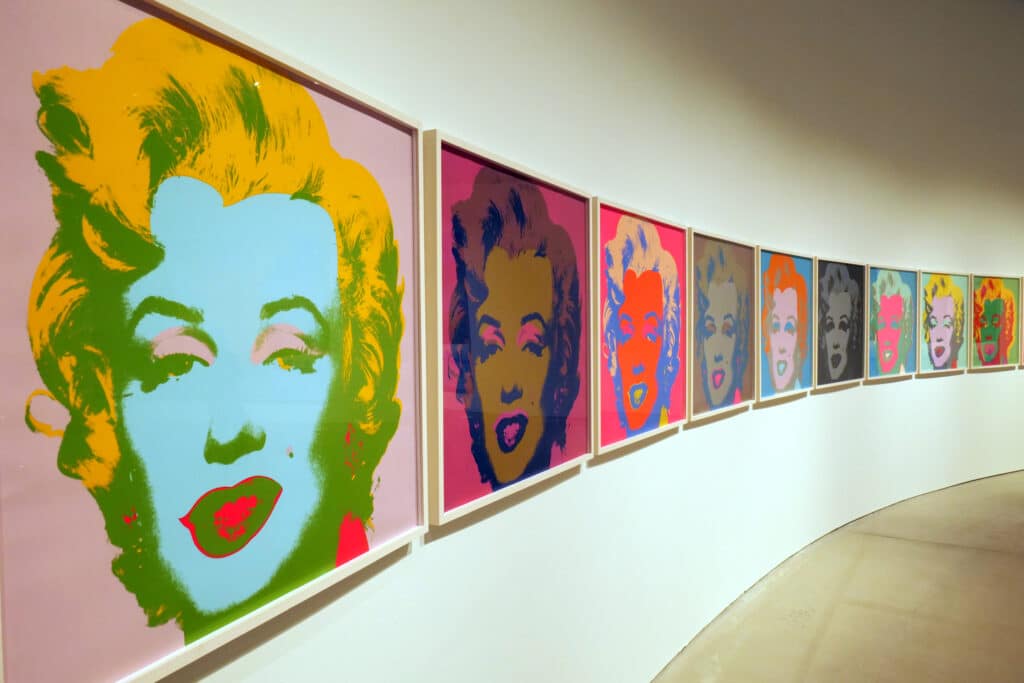
Transition from Magazine Illustration to Fine Art
After graduating, you’d find Warhol working as a commercial illustrator in New York City. He created illustrations for magazines like Vogue and Harper’s Bazaar, earning recognition by blending quirky, loose lines with eye-catching color.
This period was key for Warhol because he learned how to appeal to popular taste and work efficiently within deadlines. His commercial assignments trained him to see art as a product, not just an expression.
Moving into the 1960s, Warhol deliberately shifted from illustration to fine art. He started using silkscreen printing, a method that allowed him to produce multiple images quickly and mimic the look of mass-produced advertising. This technique soon defined his style and laid the groundwork for Pop Art’s themes of reproducibility and commercialism.
Formative Influences and Artistic Style
Warhol’s artistic style drew directly from advertising, celebrity photographs, and branded products. Influenced by postwar American consumer culture, he viewed images of soup cans, soda bottles, and movie stars as fitting subjects for serious art.
His use of silkscreen printing let him erase the signs of the artist’s hand, making his works look machine-made. This approach highlighted how images in media and advertising circulate in society.
You’re likely familiar with his famous works like the Campbell’s Soup Cans or Marilyn Monroe portraits. Warhol’s focus on repeated imagery and bold colors reflected both his fascination with celebrity and his critical eye on mass production. By transforming everyday objects into art, he questioned the boundaries between high culture and daily life.
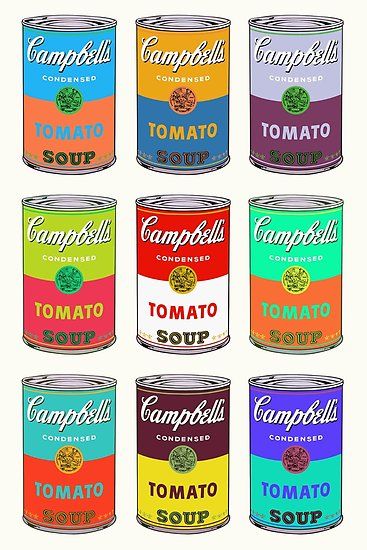

Defining Pop Art: Commercialism, Celebrity, and Cultural Commentary
Pop Art uses everyday imagery and famous figures to blur the boundaries between fine art, advertising, and popular culture. Through innovative techniques and familiar subjects, you see how consumerism and celebrity culture become central themes in both art and society.
Consumer Products in Art: Campbell’s Soup Cans and Beyond
Warhol’s Campbell’s Soup Cans series, featuring 32 separate canvases for each variety, is one of the most recognizable projects in Pop Art. You’ll notice how these paintings resemble supermarket shelves rather than traditional art and turn a simple grocery item into a symbol of modern life.
By using familiar brands like Campbell’s Soup and Coca-Cola, Warhol shifted the focus of fine art from unique, precious works to the mass-produced world you encounter every day. Campbell’s Soup Cans encouraged you to question what counts as art and challenged the exclusivity of art galleries.
This focus on consumer products showed how commercial imagery could both reflect and shape your daily experiences. Warhol’s art invites you to see ordinary products as part of the shared American identity, making consumer goods worthy subjects of artistic exploration.
The Silkscreen Technique and Mass Production
Warhol made extensive use of silkscreen printing, a method that allowed him to produce multiple copies of the same image quickly. This technique mirrored the mass production processes found in industry and advertising. You can see this approach in many of Warhol’s best-known works, including the Marilyn Diptych and countless Campbell’s Soup canvases.
By removing evidence of the artist’s hand and embracing repetition, Warhol emphasized uniformity and the impersonality of consumer goods. His reliance on assistants and studio workers in “The Factory” reinforced the idea of art as a collaborative process, rather than the work of a solitary genius.
For you, silkscreen printing challenged the notion of authenticity and originality. The same image—printed again and again—became less about personal expression and more about cultural saturation. Warhol’s process mirrored the way advertising relentlessly repeats brand images until they become familiar and even inescapable.
Icons and Idols: Marilyn Monroe, Elvis Presley, and Elizabeth Taylor
Celebrity figures are central to Warhol’s Pop Art. His Marilyn Diptych (1962), created soon after Marilyn Monroe’s death, uses repeated images to explore both her fame and the ephemeral nature of celebrity. The result is a striking mix of glamour, tragedy, and mass media repetition.
Warhol also portrayed stars like Elvis Presley and Elizabeth Taylor in bold, luminous colors. Each portrait transforms the celebrity into both a product and a symbol, similar to his Campbell’s Soup cans. The use of repetition in these pieces mirrors the constant media exposure that defined fame in the 20th century.
When you look at these iconic portraits, you see how Warhol uses real people to comment on the creation, consumption, and eventual fading of stardom. His work prompts you to reflect on society’s deep fascination with fame, media, and the allure—and cost—of celebrity culture.
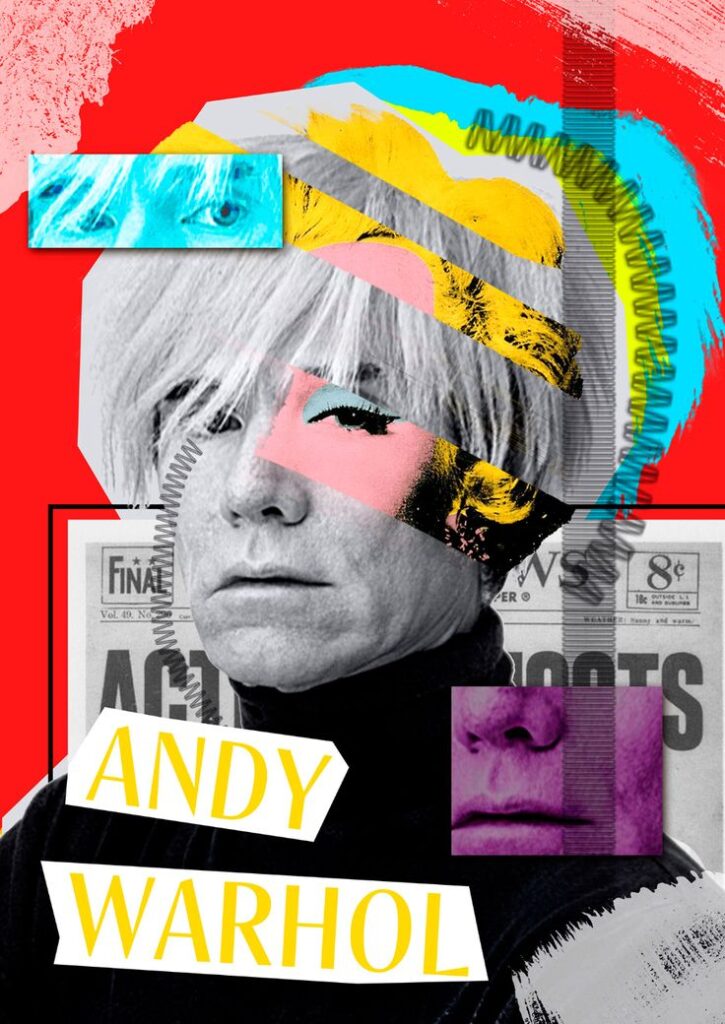
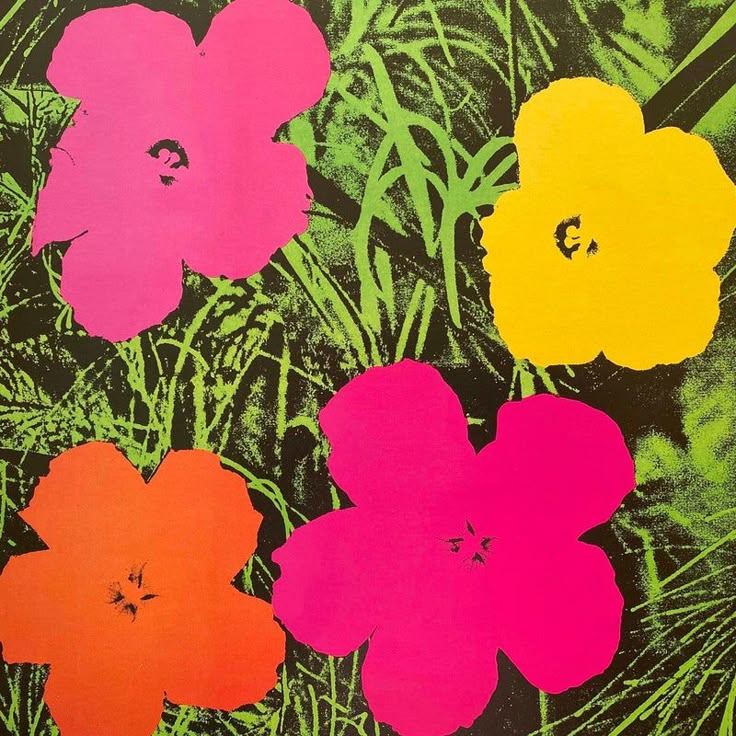
The Factory: A Hub for Innovation and Collaboration
At the heart of Andy Warhol’s artistic practice was The Factory—a buzzing studio and creative hub in Manhattan. This legendary space brought together artists, musicians, celebrities, and cultural outsiders, fueling new art forms, collaborations, and trends that shaped contemporary art and popular culture.
The Factory’s Creative Community
You would have found The Factory filled with a diverse mix of individuals, from painters and filmmakers to poets and socialites. Warhol drew on a wide range of talents, turning assistants and frequent visitors into essential collaborators for his groundbreaking silkscreens and experimental films.
People referred to as “Warhol Superstars” helped turn ideas into finished artworks. Often, these superstars contributed creatively, from sorting images for silkscreen prints to acting in underground films. The workspace quickly grew from a personal studio into a platform that encouraged open experimentation and fostered a sense of shared, communal creativity.
The Factory’s open-door atmosphere made it a hotspot for free exchange. You would have seen lively discussions, new friendships, and collaborations forming daily. This unique, collective process extended the boundaries of what art studios—and even art itself—could be.
Key figures you’d encounter at The Factory:
| Name | Role/Contribution |
|---|---|
| Edie Sedgwick | Actress, Superstar |
| Gerard Malanga | Poet, Silkscreen Assistant |
| Billy Name | Photographer, Decorator |
| Brigid Berlin | Warhol Superstar |
Warhol’s Influence on Music and The Velvet Underground
Music was at the core of The Factory’s cultural significance. One of the most influential partnerships fostered there was with the band The Velvet Underground. Warhol became the band’s manager and producer, most famously for their debut album The Velvet Underground & Nico.
He provided the band with a creative base and introduced them to audiences outside the traditional music scene. The Factory’s open space allowed for rehearsals, multimedia performances, and the development of the Exploding Plastic Inevitable shows. These events brought together music, film, and art in unpredictable new ways.
You can see the connections between contemporary art and experimental music carved out in this community. Warhol’s relationship with The Velvet Underground helped push avant-garde music into the mainstream and left a lasting mark on rock, punk, and visual performance.
Celebrity Portrait Commissions and Social Scene
The Factory was also a magnet for celebrities, socialites, and wealthy patrons. Through commissioned portraits, Warhol created an intersection of art, fame, and commerce. Notable figures, from Elizabeth Taylor to Mick Jagger, visited The Factory for their portraits, blurring the lines between fame and artistry.
These portrait commissions became a significant source of income and notoriety for Warhol. You would have experienced a constant flow of actors, models, and entrepreneurs attending parties, networking, and seeking both social cachet and collectible art.
The Factory’s social scene elevated the studio into a symbol of contemporary art’s commercial power. It became the place where the art world, music, fashion, and Hollywood converged, helping Warhol cement his status as both an artist and a celebrity.
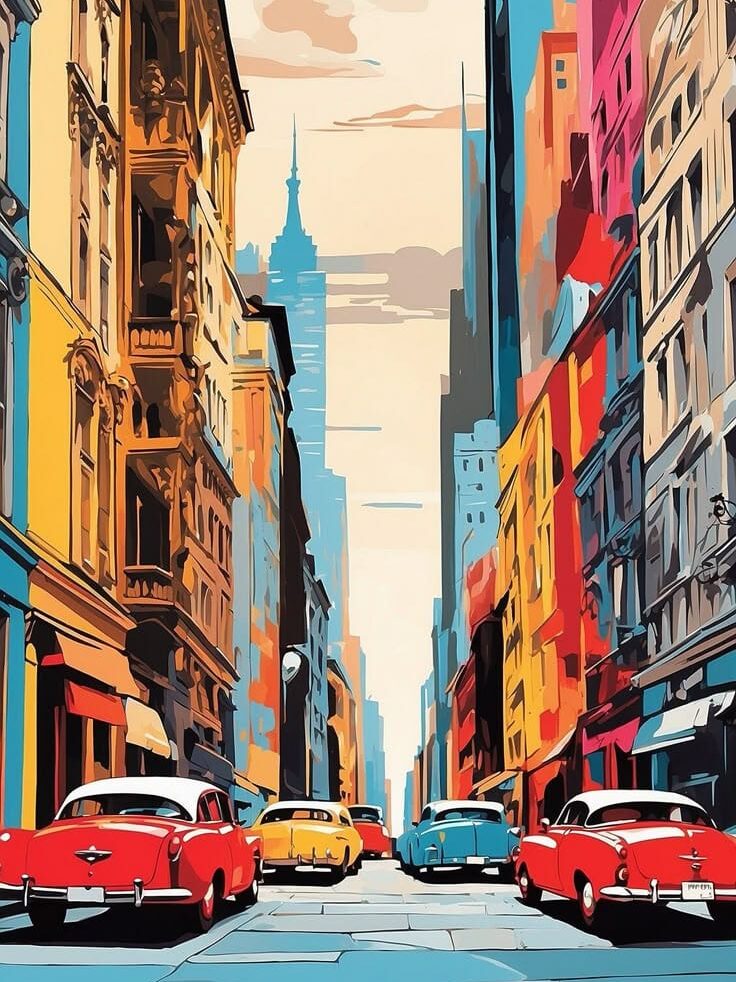

Enduring Success and Controversy
Andy Warhol shaped how you view art and commerce by challenging boundaries, sparking debate, and building an international reputation. His story includes financial achievement, headline-making events, and works that left a mark on global culture.
Commercial Triumph and Art Market Impact
You can see Warhol’s commercial success in both his use of imagery and the way his artwork entered the market. With iconic pieces like Campbell’s Soup Cans and Marilyn Diptych, Warhol famously blurred the line between high art and mass-produced advertising.
Instead of traditional painting, he embraced silkscreen printing, making art repeatable and accessible. Warhol’s methods allowed for the production of multiples, effectively turning fine art into a branded commodity.
Galleries and collectors quickly recognized his market value. In the art auction world, Warhol’s works have fetched high prices, reflecting ongoing demand. His approach set a precedent for treating artwork as both cultural object and lucrative investment.
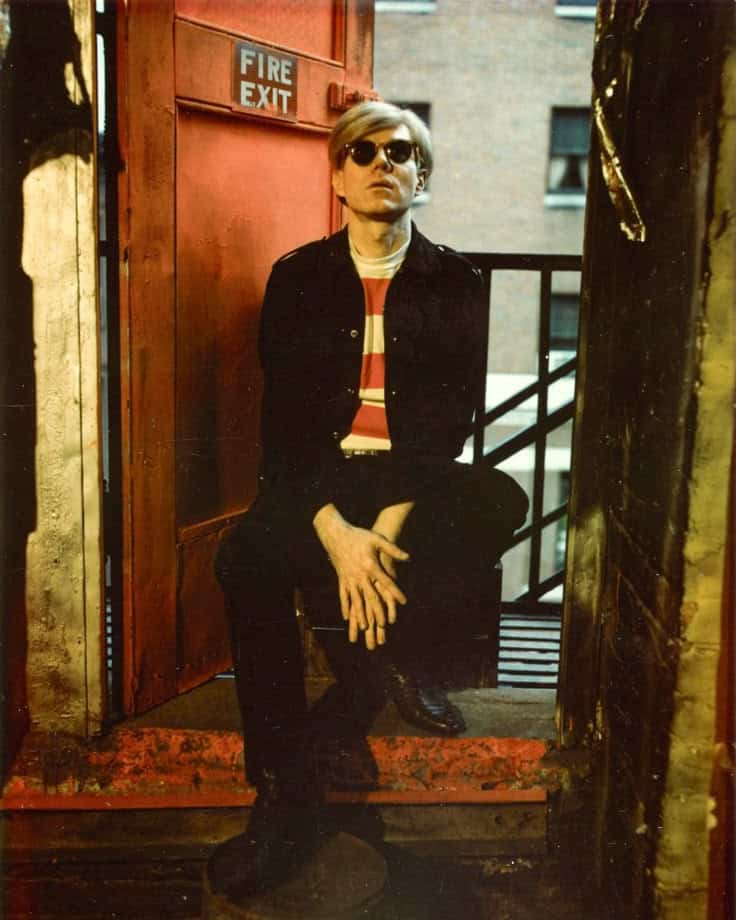
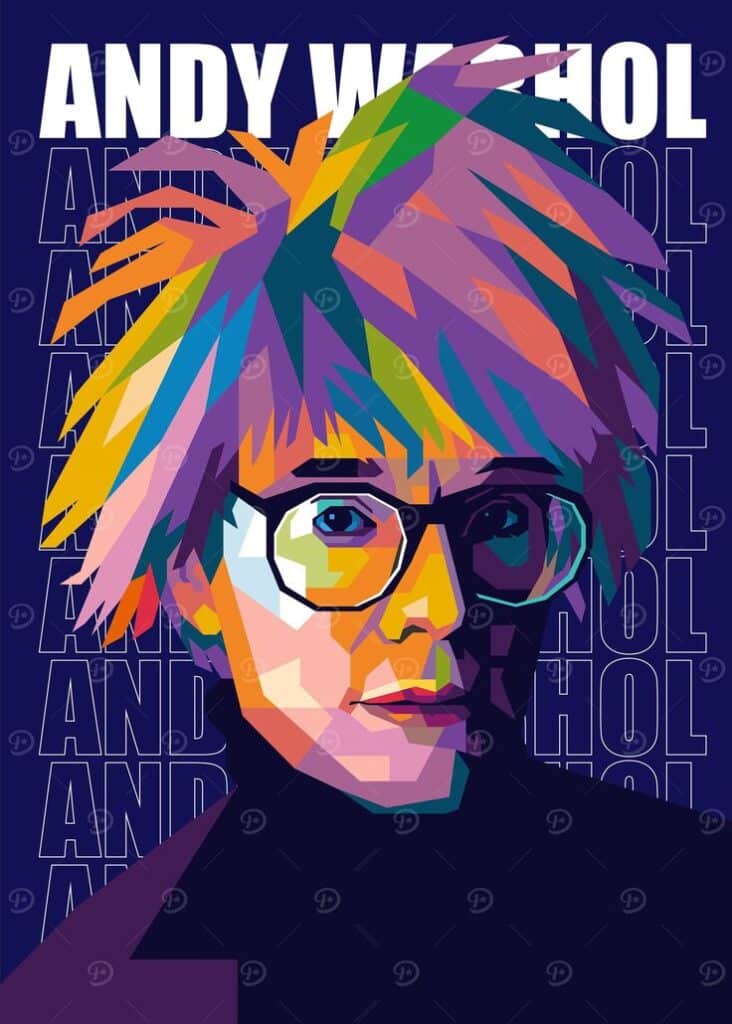
The Valerie Solanas Incident and Its Aftermath
One of the most dramatic moments in Warhol’s life took place in 1968, when Valerie Solanas shot him at his studio, known as The Factory. Solanas, a writer connected to feminist ideas, alleged grievances against Warhol that led to this shocking act.
The attack left him with severe physical and emotional scars. After this event, you can notice changes in his style and subject matter—his work became darker, and his personal life grew more guarded.
This incident drew public and media attention, further mixing Warhol’s name with controversy and fueling debates about the intersection of fame, gender, and violence in contemporary society.
International Recognition, Late Works, and Mao Series
By the 1970s, Warhol’s influence extended around the globe. He gained significant recognition beyond the United States, with exhibitions in Europe and Asia introducing his unique vision to new audiences.
In 1972, Warhol released his Mao series, featuring bold portraits of Chinese leader Mao Zedong. These pieces reflected the politicized global climate of 1967 and beyond, using Warhol’s trademark style to comment on power, propaganda, and celebrity.
Later works continued to experiment with imagery, technique, and themes, cementing his presence in the international art world. Today, museums and collectors worldwide continue to showcase and celebrate Warhol’s prolific output.
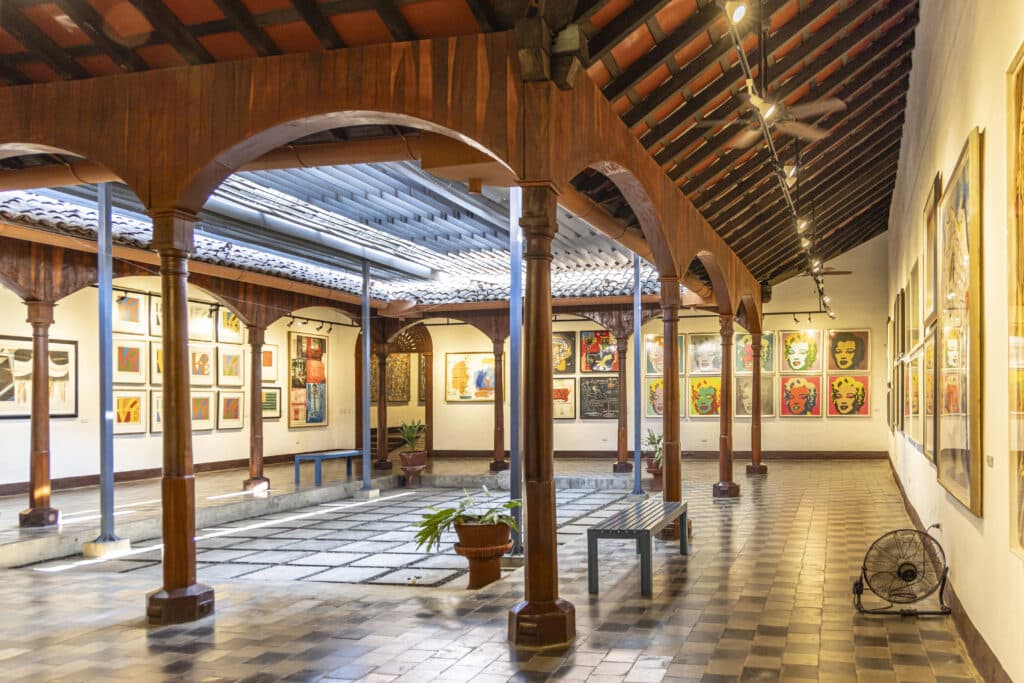
Legacy: Institutions, Philanthropy, and Global Impact
Andy Warhol’s legacy includes the creation of ongoing institutions that steward his art, influence, and philanthropic vision. Through foundations, a major museum, and his wide cultural influence, you can see the lasting marks he left both locally and globally.
The Andy Warhol Foundation and Its Mission
The Andy Warhol Foundation for the Visual Arts was established in 1987, shortly after Warhol’s death. Its primary goal is to promote the visual arts, support innovative art projects, and foster creative expression, with a particular focus on experimentation and new voices.
You’ll notice that the Foundation awards grants to museums, galleries, and individual artists. This support helps fund exhibitions and research projects around the world. In addition to direct grants, they champion the preservation of Warhol’s own work and legacy.
Key Activities of the Foundation:
- Funding exhibitions and publications
- Supporting artist residencies and fellowships
- Maintaining the integrity and accessibility of Warhol’s archives
Through its philanthropic activity, the Foundation remains a powerful force shaping contemporary visual culture.
The Andy Warhol Museum
Located in Pittsburgh, Pennsylvania, The Andy Warhol Museum is the largest museum in North America dedicated to a single artist. You can explore a vast collection of Warhol’s works, including paintings, films, photographs, and ephemera which capture every phase of his creative life.
The museum offers educational programs, lectures, and community events. It also plays a critical role in curating Warhol’s story for international audiences, often organizing traveling exhibitions and collaborative projects with global institutions.
If you visit, you’ll find interactive spaces and archives that immerse you in Warhol’s multifaceted world. The museum stands as both a cultural destination and a resource for researchers and artists.
Warhol’s Lasting Influence on Art and Culture
Warhol’s approach to art—blending commercial imagery, celebrity, and mass production—reshaped how you and others think about creativity. His techniques, such as silkscreen printing and repeated imagery, are now staples of modern art.
Artists worldwide draw inspiration from Warhol’s fearless commentary on consumer culture and fame. You see his impact echoed in advertising, graphic design, music videos, and fashion.
Critics and scholars regularly reference Warhol when discussing the intersections of art, media, and society. His works remain central in debates about originality, art’s role in society, and the boundaries between high and low culture.
Warhol’s Passing and Gallbladder Surgery
In February 1987, Andy Warhol was admitted to New York Hospital for routine gallbladder surgery. Despite the expectation of a straightforward recovery, complications arose.
Warhol suffered a cardiac arrhythmia after the operation and died unexpectedly at age 58. His untimely passing shocked the art world and led to intense scrutiny over his medical care.
This event marked the end of Warhol’s personal contributions but directly set in motion the creation of his Foundation. The circumstances of his passing are often cited in discussions about his enduring legacy and the preservation of his artistic vision.
- 32shares
- Facebook0
- Pinterest32
- Twitter0
- Reddit0









